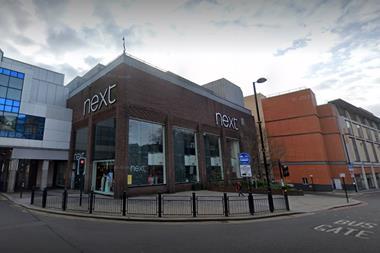The future of the Marks and Spencer Oxford Street store presents a moment where London can stand and make a statement that we value our heritage and emphasise the importance of adaptive reuse for the future of city building.
Demolishing the 1930s building would generate 39,500 tonnes of CO2 emissions, as reported by The C20 Society. Repurposing structures is essential to reduce the 60 million tonnes of construction and demolition waste generated annually.
For decades, the building has been one of the most distinct West End landmarks, a tangible connection with the district’s rich heritage and cultural legacy. We must reimagine characterful buildings and make them relevant for tomorrow, or we risk losing the stories they carry of our inter-war architectural tradition.
Almost all buildings will outlast their original use and we must learn to use them differently. Buildings like 458 Oxford Street are very flexible; its stone-faced classical façade should be retrofitted, since the design is timeless. If these properties are not listed, this could establish a new approach to cities and towns.
Some say demolition unlocks additional space,but this is not always true. Extra floors could be added to the building for residential units, creating a true mixed-use environment. The existing foundation and structure should be able to support this. Roof space could be repurposed as a sky garden or restaurant.
Traditionally retail space had very deep floor plans, limiting access to natural light. But more space can be unlocked by creating a central atrium connecting all levels, engaging pedestrians on Oxford Street and enhancing the ground-level offering through an entertainment and events space also featuring smaller independent retailers.
This could be supported on the upper-ground level by a food market, with flexible workspace on the levels above as well as a gym and well-being amenities for occupiers and the local community.
This is true placemaking as it repurposes our fabric to meet an evolution in the way our society and cities work. Projects such as Grosvenor Properties’ Ice Factory in the Ecclestone Yards scheme create a unique grain to London that visitors and residents alike appreciate immensely.
Daniel Hajjar, managing principal, HOK






























No comments yet